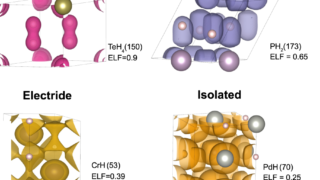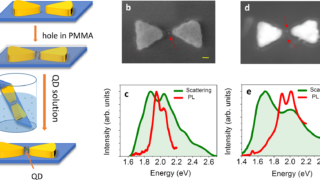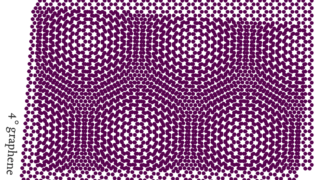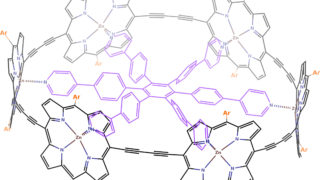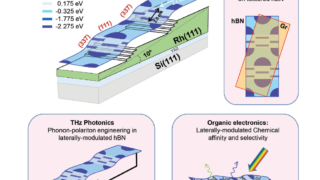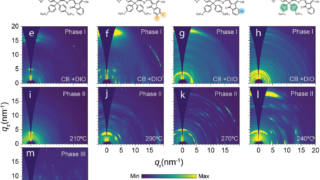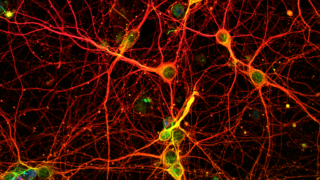
NanoNeuro is a thing
Because of their unique physical properties, nanomaterials have intrinsic advantages as biosensors and actuators, and they may be applicable to humans without the need for genetic modifications. It follows, then, that nanoscience could make major methodological contributions to the future of biomedical sciences, especially neuroscience. Meet NanoNeuro , a new field defined as the intersection […]
